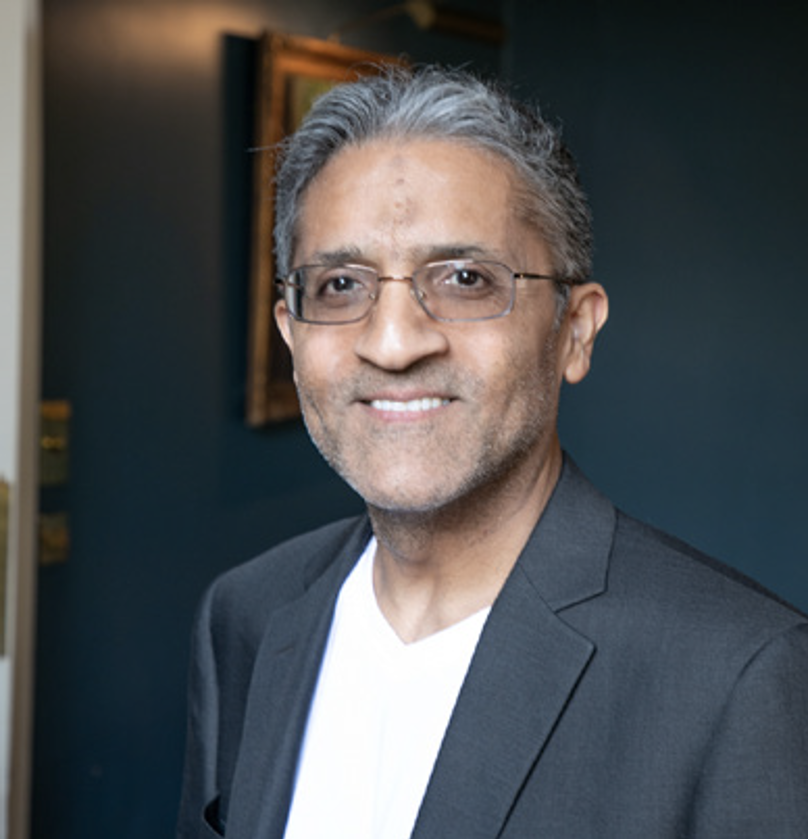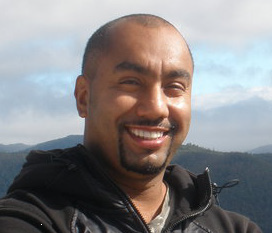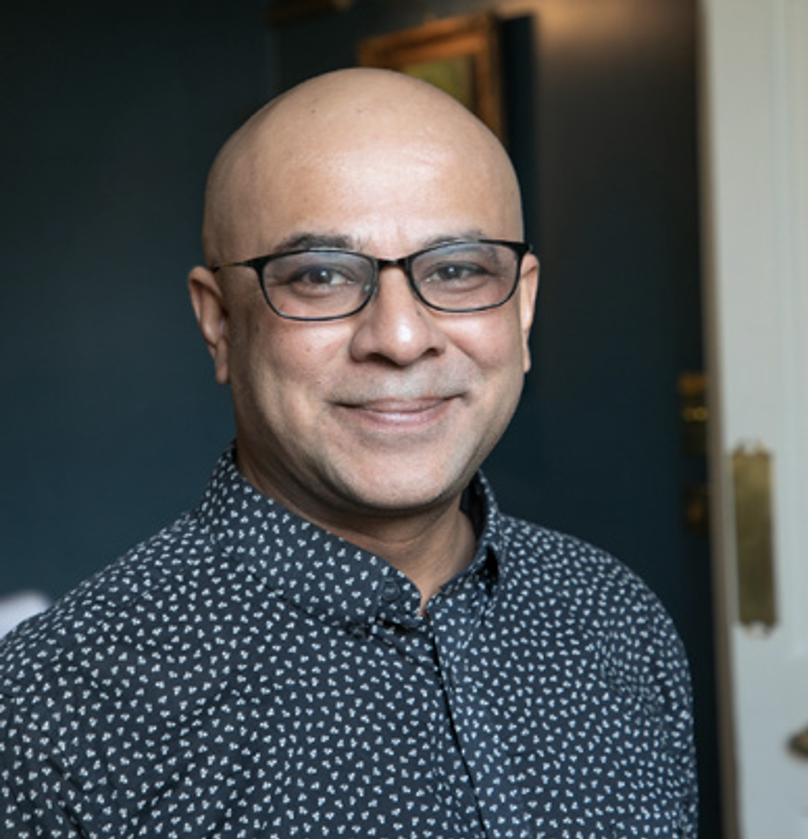The aim of this workshop is to help establish an evidence base that can be used to develop contextually relevant language policies for the Gulf Cooperation Council (GCC) countries. Research on Language Policy and Planning (LP&P) explores ways in which language policies and practices can be channeled to enhance socio-economic development as well as socio-political and socio-cultural harmony. While many GCC countries have adopted Arabization policies in the recent years, there is little research on the impact of these policies. English continues to play an important role in the educational and corporate sectors in the GCC countries while a number of heritage and migrant languages serve identity purposes of the local and migrant populations. At present, the role various languages play in the GCC countries is under-explored; by 2 encouraging a deep study of these issues within the GCC countries, the presentations (and the ensuing publications) at this workshop will help develop a knowledge base about the distribution, use, and attitudes towards various (spoken and written) languages in the GCC countries that will be critical in shaping forward-looking language policies and plans in the region.
3 DAYS / 12 Workshops
MORE THAN 300 ACADEMIC PAPERS
Language Policy and Planning (LP&P) is a broad and a complex area of study in which
many actors, forces and factors exist and interact. LP&P is motivated by “language
goals”, “political goals” and “economic goals” (Kaplan & Baldauf, 1997). Currently,
LP&P in the GCC countries plays only a limited role in the socio-economic, sociocultural and socio-political development. This role is typically limited to defining Arabic
as the Medium of Instruction (MOI) in public schools and English as the MOI in most
institutions of higher education. These policies establish a direct and powerful effect not
only on the teaching/learning of languages, but also in how these and other languages are
viewed and valued in the countries in the region. In addition to MOI policies, there is
some recognition of localization or ‘Arabization’ policies (under conceptual terms such
as Emeritization, Omanisation, Saudization policies, etc.; see, e.g., Mashood, Verhoeven
& Chansarkar, 2009; Troudi & Al Hafidh, 2017); while these policies appear to
strengthen the position of Arabic, they do not currently provide any clear policy
directions on the use of Arabic and/or other languages in the development of the region
(and the populace). Furthermore, these policies do not consider the role and contribution
of heritage and migrant languages that form part of the linguistic ecology of the region.
Research on LP&P can have tremendous potential impact on national and regional
development; however, the GCC countries are currently not tapping into this potential
resource for socio-economic, cultural or political development. In the absence of such
work, the proposed workshop provides a key impetus to generate research and studies on
this topic. The workshop will include data-driven studies on the relationship between
language (including heritage and migrant languages) and society in the GCC, which can
help inform directions that LP&P can take in the region. They can, as the title of the
workshop implies, help shape the future of the GCC countries through LP&P.
Language is inter alia, the artifact of society, culture and history. Language is both the
means and object of history and socialization. Linguistic socialization is a process and a
product of the society, and the use of a particular language is determined by the society’s
needs for that specific language. These needs can be cultural, political, or economic
(Mey, 1985). A broad review of languages in the GCC shows how different languages
3
play different roles in the region. GCC comprises of countries with a number of local or
heritage languages as well as a large number of migrant languages (such as English,
French, Hindi, Urdu, Malayalam, Bengali, Tagalog, Indonesian, Swahili, Turkish,
Bukhari, and Persian). All of these languages have variable market, capital, value, power,
status and position in the GCC. For example, while Arabic is used as the national
language in the region, English as a language of higher education (at least in some
disciplines) and of business and commerce, other migrant languages are often limited to
their use for domestic and identity purposes. This differentiated use and scope of
languages found in the region portrays a complex and hierarchical linguistic and
discursive landscape, which also reflects the socio-political and socio-cultural hierarchies
in the society (Arabic is the language of the rulers; English the language of the educated
workforce; and other migrant languages are restricted in their scope and use).
Currently, languages and discourses in the GCC are unequal since not all languages or
discourses serve the same purpose and interests. Some languages are considered poor,
weak, helpless, backward and subordinate without the requisite political or class support
(Hassanpour, 1993). For example, there are several indigenous or heritage languages in a
country like the Sultanate of Oman, including Luwati, Baluchi, Swahili, Jibbali, Mehri,
Batahari, Harsusi, Shehri, Hobyot, Kumzari and Shihuhi. While these languages have
been part of the Omani cultures and their users have played a significant role in the
development of a uniquely multilingual country, these languages and their discourses are
not put on a par with Arabic and English (Al-Issa, 2002).These languages lack
codification and elaboration systems, are not associated with practical and scholarly
knowledge, and do not have any visible political status or economic impact on the
country’s development. While these languages have cultural autonomy and stability and
are linked to history, they lack the necessary language planning apparatus to defend and
protect these cultures and histories. In fact, some of these languages are under threat of
becoming extinct in Oman since the new generation favors Arabic and English, which
allow access to the upper socioeconomic class sectors of the labor market.
The two languages, Arabic and English, are the only ones that play a significant official
role in the region at the moment. Arabic, which has three versions – Koranic, Classical or
Standard, and Colloquial, is the language of the Holy Koran, Islam’s sacred scripture and
the tongue of Prophet Mohamed (Bani-Khaled, 2014). It has been the language of the
Arab ancestors in the Arabian Peninsula for over 15 centuries. It is considered to be a
holy tongue and is the language of the intellectuals and the power holders and dominant
groups in the region. As such, it is projected as a uniting power and the symbol of
Arabness. The choice of Arabic as the language of the state is strongly tied to elements of
nationalism (Bitar, 2011; Suleiman, 2003).However, as pointed out earlier, Arabic is also
infringing upon the linguistic and cultural rights and heritage of minority communities in
4
the region. English, on the other hand, despite its power worldwide where one quarter of
the world’s population now uses it as first, second or foreign language, remains very
closely associated with colonialism and imperialism. Alsamadani and Ibnian (2015) hold
that this attitude about English is one factor that affects the attainment of learners in
public schools in the Kingdom of Saudi Arabia, for example. Therefore, one can view
Arabic and English in a situation of competing hegemonies – with traditional domains
and practices of power of the former counterpoised to the economic and cultural
globalization of the latter.
Arabic and English both share certain domains of discourse in the GCC countries and are
a lingua franca to a number of people in the region. While Arabic remains more dominant
as the home language of the local communities and the language of everyday interaction
between members of these communities, English is tied with higher education,
employment, and global interaction. People in the region learn English for multiple
important purposes such as inter-lingual communication, travelling to non-Arabic
speaking countries, conducting business, acquiring science and technology, pursuing
higher education, finding a white-collar job and cultural analysis and understanding.
English is also closely linked with the development of GCC military power with
American military advisors, as well as trainers and technicians, working within GCC
from as early as 1948 (Cordesman2003). Large quantities of American military
equipment are still bought on a regular basis, especially since 9/11 (Cordesman2003).
While Arabic and English remain the dominant languages in the regions, there are a
number of other languages that play instrumental roles in the region, even if not
recognized. The influx of migrants from the Indic subcontinent since the late 1960s, from
South East Asia since the late 1980s, and from Eastern European countries more recently,
brought in a large range of languages to the region. While largely understudied, these
languages contribute to the linguistic landscape and the linguistic ecology of the region;
and, in some places have led to a creation of Gulf Pidgin Arabic (Bakir, 2010).The
creation of such pidgin languages reflects the significant role that these migrant
communities have played and continue to play in shaping the economy (and the sociocultural fabric) of the region. These migrant populations, who may or may not be fluent
in Arabic or English, work across a range of professions – as CEOs of international
corporations, as managers, as bankers, as office workers, as teachers, as technicians, as
taxi drivers, as domestic workers, as manual labor, and even as sex workers. As such,
these migrant populations contribute to a much broader range of jobs in the GCC when
compared to Western English-speaking migrant communities (who tend to work in a
much narrower range of professions). However, while these non-English speaking
migrants may have a longer historical presence in the region and have contributed
significantly to the development of GCC, their languages are not recognized within the
5
GCC. There is little research on these languages or how they contribute to the socioeconomic, socio-cultural or socio-political issues in the region. While, there is a general
acknowledgement that these migrant languages are used in migrant communities and are
sometimes used in private community schools, which underscores the role of families and
communities in language maintenance, they lack political and economic support,
credibility and legitimacy across the GCC countries. These migrant languages are
subordinated and marginalized and are not viewed as a resource that can be used for
political, economic, and social development. Their value, power, status and position are
confined to their native users. A future-oriented LP&P in the GCC needs to take these
languages into consideration.
A broad-brush review of the distribution of languages in the GCC suggests that the
governments in the regions have not fully realized the potential benefits of having a
multilingual populace (even if a large number of these are migrants) and have not yet
tapped into the potential benefits that these can bring to the development of the region.
Languages are tools for the construction of societies and an understanding of LP&P can
help countries in the region to develop and adopt policies that lead to socio-economic
development as well as greater socio-cultural and socio-political harmony.
As this brief proposal has illustrated, currently only two languages, Arabic and English,
are recognized in the GCC. English, and to some extent Arabic, has attracted investment
and has been given status as the language of schools and/or higher education institutions.
However, when it comes to research and development, it appears that research on English
and English Language Teaching (ELT) has surpassed that on all other language and has
resulted in the writing of new syllabi, expanding instruction time, training teachers on
new and more communicative-based ELT, writing communicative-based tests,
incorporating sophisticated educational technology into ELT (Al-Issa & Al-Bulushi,
2012; Kirkpatrick, 2017), and adopting more goal directed approaches to ELT such as
English Medium Instruction (EMI), English for Specific Purposes (ESP), and English for
Academic Purposes (EAP) (Al-Issa, 2016, 2017; Badry& Willoughby, 2016). Arabic,
while it is the official and national language of the countries in the GCC, does not attract
the same degree of investment and research as English and ELT. And, when it comes to
other local, heritage, and migrant languages, we know even still less. Given this state of
things, it is imperative that we develop a knowledge base that is grounded in evidence
and strong research that can help inform forward looking and innovative language policy
initiatives in the region. Without strong research-led or evidence-based LP&P work, the
members of the GCC will continue to lose out on the potential benefits that a multilingual
society can bring to the social, political, and economic development of a country. It is in
this context that we propose this workshop with the primary goal to help generate and
6
contribute to the evidence-base needed to develop policies that can help shape the future
of the GCC countries.


